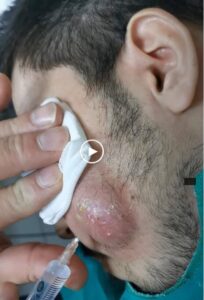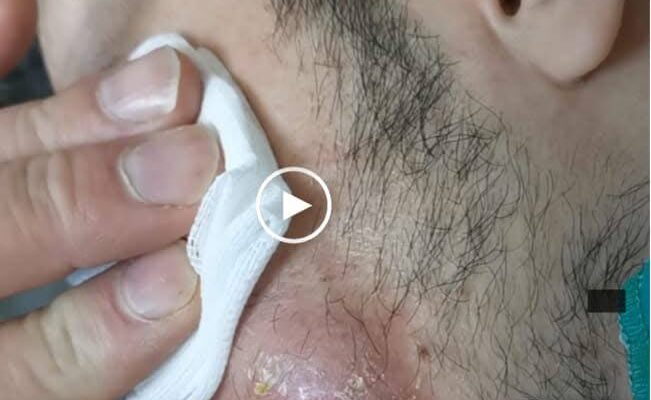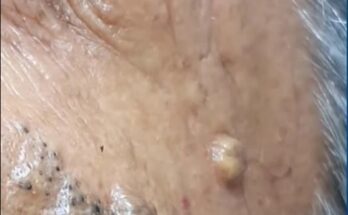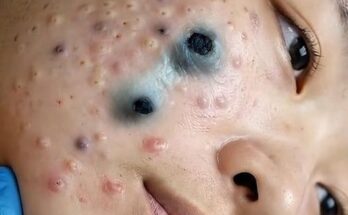Acne is one of the most common skin concerns that affects people of all ages. From occasional breakouts to persistent blemishes, it can take a toll on confidence and comfort.
Fortunately, there are proven treatments that can help manage acne effectively. Among the most trusted and widely used ingredients is benzoyl peroxide.
This powerful compound has been a go-to solution for dermatologists and skincare experts for decades, thanks to its remarkable ability to reduce acne-causing bacteria, unclog pores, and promote clearer skin.
Benzoyl peroxide works by targeting one of the main causes of acne: bacteria known as Cutibacterium acnes (formerly Propionibacterium acnes). These bacteria thrive inside clogged pores and contribute to inflammation and redness. When applied to the skin, benzoyl peroxide releases oxygen, which kills these bacteria without causing bacterial resistance. This makes it an especially reliable ingredient for long-term acne management, as it continues to work effectively over time.

Another key benefit of benzoyl peroxide is its ability to deeply cleanse and unclog pores. Acne often develops when excess oil, dead skin cells, and impurities accumulate within hair follicles. Benzoyl peroxide penetrates the skin’s surface and helps break down this buildup, preventing new blemishes from forming. Regular use can lead to visibly smoother skin with fewer blackheads and whiteheads.
Beyond its antibacterial and exfoliating properties, benzoyl peroxide also helps to reduce inflammation. This means it not only prevents new pimples but also soothes existing ones, helping them heal faster. The result is skin that looks calmer and more balanced. When used consistently and correctly, benzoyl peroxide can make a noticeable difference in the appearance and texture of acne-prone skin.
Benzoyl peroxide comes in various concentrations, typically ranging from 2.5% to 10%, and in different forms such as gels, creams, cleansers, and spot treatments. A lower concentration is usually sufficient for mild acne or sensitive skin, while higher strengths may be more effective for moderate to severe breakouts. Dermatologists often recommend starting with a lower concentration to minimize potential dryness or irritation, then gradually increasing strength if needed.
One of the great things about benzoyl peroxide is its versatility. It can be used as part of both daily cleansing routines and targeted treatments. Many people find success by applying a thin layer of benzoyl peroxide gel or cream once or twice a day, depending on their skin’s tolerance. When used properly, it can work well alongside other acne-fighting ingredients, such as salicylic acid or niacinamide, to create a comprehensive skincare routine.
While benzoyl peroxide is highly effective, it is important to use it mindfully. It may cause mild dryness or flaking at first as the skin adjusts. Applying a non-comedogenic moisturizer can help maintain hydration and comfort. Because benzoyl peroxide can make the skin more sensitive to sunlight, daily use of sunscreen is also recommended. Additionally, the ingredient may bleach fabrics, so it is best to use white towels and pillowcases when incorporating it into your routine.
The benefits of benzoyl peroxide go beyond clearer skin. By reducing bacteria and inflammation, it can help prevent the formation of new acne scars and encourage a healthier-looking complexion over time. Its long history of safe and effective use makes it a trusted choice among dermatologists and skincare enthusiasts alike.
In summary, benzoyl peroxide remains one of the most effective and accessible treatments for acne. Its ability to fight bacteria, clear pores, and reduce inflammation makes it a valuable part of any skincare routine. With consistent use, patience, and proper care, this ingredient can help restore confidence and promote smoother, clearer, and healthier-looking skin.
Would you like me to make this more SEO-optimized (for example, with keyword variations like “how benzoyl peroxide works” or “best acne treatment ingredients”)?


